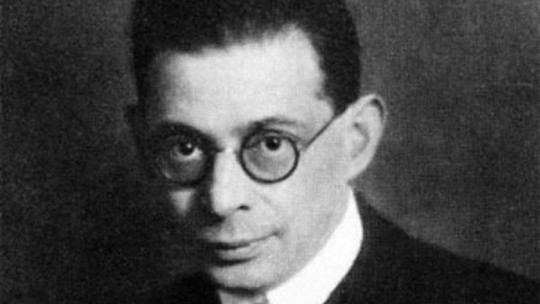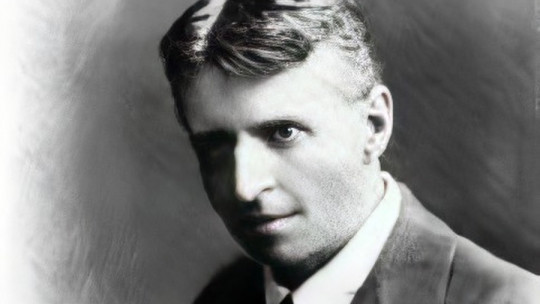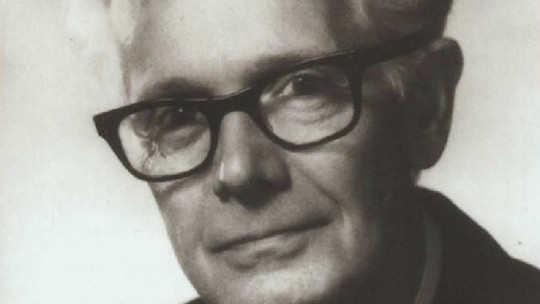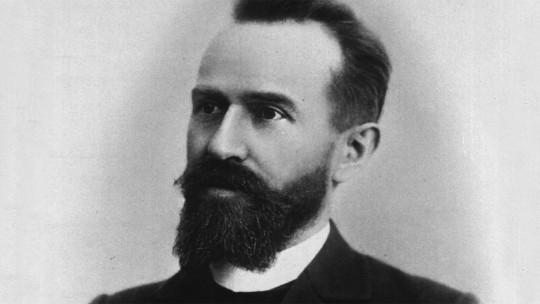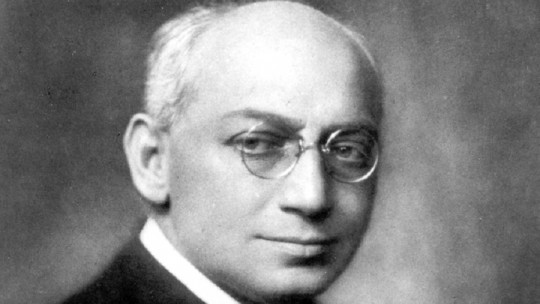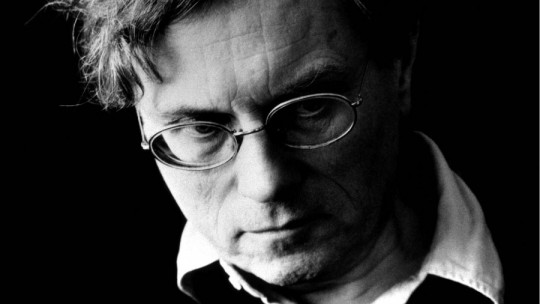Otto Rank’s work on psychoanalysis was very extensive, highlighting his theory on birth trauma, which has generated much controversy, both within and outside of psychoanalysis.
This Viennese psychoanalyst, disciple and friend of Sigmund Freud for approximately 20 years, was one of the main precursors of brief dynamic psychotherapy, framed within the current of psychoanalysis.
We’ll see now a brief biography of Otto Rank , who is considered by many to be the second most prolific psychoanalyst, after Freud himself, taking into account the historical and social context that Rank and his contemporaries lived through between the end of the 19th century and the beginning of the 19th century. XX.
Brief biography of Otto Rank
Otto Rosenfeld, better known as Otto Rank, because he changed his surname due to disagreements with his father, was born in the city of Vienna (Austria) in 1884 within a humble and hard-working family.
In his youth, Rank began working as a mechanic while he combined it with reading and writing at night, two of his great passions.
His first major publication was a book known as “The Artist”, framed within the psychoanalytic current, which reached the hands of Sigmund Freud, who was impressed when he read it and, for that reason, contacted Otto Rank to invite him to be part of the Wednesday Psychological Society, of which he would later end up being appointed general secretary.
At 21, Rank had become a friend and disciple of Freud and, following his advice, he rejected studying at medical school to study at the university, being supported at all times by Freud, until he obtained a doctorate in philosophy.
There are sources that claim that Rank became Freud’s closest collaborator for 20 years and that he was one of the most relevant psychoanalysts who achieved great achievements and also suffered the vicissitudes of the development of psychoanalysis.
After the First World War
After the end of the First World War, Otto Rank married and began to work as a psychoanalyst, combining his work as a psychotherapist with that of director of a publishing house known as “Internationaler Psychoanalytischer Verlag” and also that of co-editor, together with the psychoanalyst Ernest Jones. , from the psychoanalysis journal “International Journal of Pycho-Analysis”.
Rank’s life was not without setbacks and his colleague Ernest Jones even stated that in the years after the end of the First World War, Rank suffered a great change in his personality traits and that this was one of the main reasons why, in the 1920s, began to separate itself from the traditional psychoanalysis that prevailed at that time
It was at this time that he published “The Trauma of Birth” (1923), based on an idea by Freud, characterized by the allegation of the fact that at birth the human being experiences anxiety for the first time, triggering the paradigm of this emotional state. .
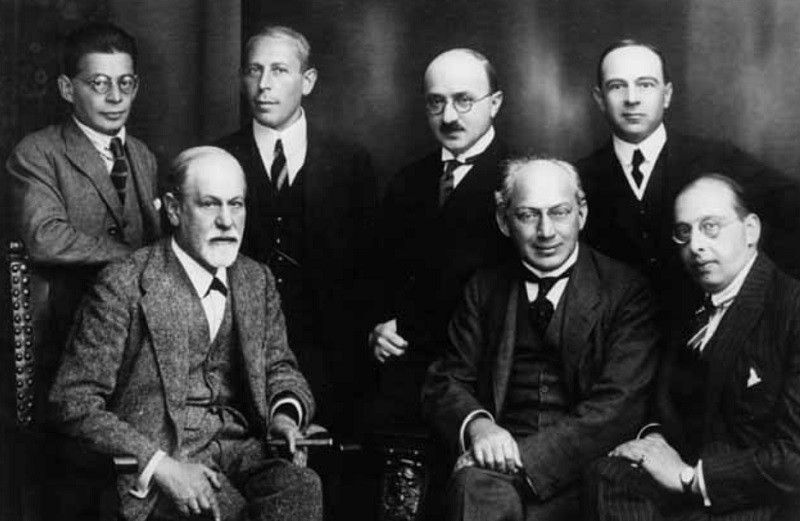
Break with Freud and his theories of psychoanalysis
After approximately 20 years being a friend and follower of Freud, both ended up separating their lives and following different paths in 1926 , the same year that Rank moved to live in Paris. This fact was promoted by the birth trauma theory, which was interpreted in a way that downplayed the Oedipus complex theory developed by Freud. He gradually separated from the psychoanalytic movement, coming to be harshly criticized by some of its staunchest members.
Once outside the psychoanalytic movement, Rank continued his work under the principles in which effectiveness and common sense prevailed over the therapy itself, opposing those therapists who placed the theory of their therapeutic model above their effectiveness.
In 1936 she moved to New York, continuing her work as a therapist until her death in 1939 a few weeks after Freud’s death.
Otto Rank’s main theories
Otto Rank’s psychoanalytic theory presents, among its main ideas, that of the traumatic event , which he considers to be birth and the anxiety that this entails. This theory has generated a lot of controversy over the years and is one of the reasons why Rank is separating ‘in crescendo’ from the central ideas of Freudian psychoanalytic theory, due to the fact that Rank’s theory has subtracted relevance to the oedipal conflicts of the human being.
Rank was one of the first psychologists in charge of studying attachment, highlighting the relationship between the mother and the child in the first years of life, impacting their later development. In relation to this, developed a theory about neurosis, based on the anxiety caused by separation that human beings experience and that marks the rest of their lives
Each person is seen based on Rank’s psychoanalytic theory as the creator of their own life, in the sense that they are seen as artists who have the ability to develop the life they want, thus affirming their own individuality. A person with neurosis is called, according to Rank’s theory, an artiste manqué (lost artist).
The process of individuality entails separations and difficulties, overcoming group resistance, and all of this is accompanied by feelings of guilt and anxiety. Therefore, the psychoanalyst in this process will be in charge of facilitating the patient to be himself in the therapeutic sessions, in order for him to be able to accept his individuality with as little guilt and anguish as possible.
Explains the existentialism of people as a struggle between the predisposition to be different from others and thus become a self-sufficient human being and the need to stick to your family and community.
He uses the analogy of the uterus to represent the family, the symbol of security in people’s lives that breaks when some of its members become independent.
Another of Rank’s postulates was to vindicate consciousness and the expression of the self, compared to the emphasis of Freud’s psychoanalysis on the unconscious and repression, being more interested in the creativity and will of the human being than in instinct and desire.
His contributions to psychology and psychotherapy
There were several contributions that this tireless psychoanalyst developed throughout his life, highlighting those presented in this section.
In the therapy that Rank developed, the main objective was to help patients to be reborn on a psychological level. in order for them to overcome the trauma of their birth
To achieve this psychic rebirth, the therapist seeks to connect emotionally with his patient and, after a psychotherapeutic process that takes place throughout the sessions, they end this process at the moment in which the patient has been able to emerge in his own individuality, having came away enriched and renewed after the experience, in addition to having learned to cope with the trauma of separation.
One of Otto Rank’s main postulates in psychotherapy was his proposal of a therapeutic model based on the time limitation of its process, that is, the promulgation of a less extensive therapy than those that are framed within psychoanalysis used to be He imposed this limitation in time in his therapeutic model in order to facilitate his patients’ independence from the psychotherapist after the end of the therapy, beginning to lay the foundations for the development of brief dynamic psychotherapy.
Rank also stood out for his various contributions to psychoanalysis applied to psychological therapy. He also developed great work as a promoter, both of the theory and practice, of psychoanalysis.
Also He was a vindicator of the emotional experience on which psychological therapy should be based Considering in this way that many classical psychoanalysts treated their patients with detachment, so that the patient’s emotional experience decreases and, in this way, the treatment becomes dehumanized.
Furthermore, he considered it more important to focus during the therapy on the present and, even more so, on the here and now, unlike other classic psychoanalytic therapies that focused more on the transference interpretation of the patient’s past, justifying that, By focusing on the past, the patient defensively evaded what was experienced in the present moment
Publications
Otto Rank developed a prolific work in all the areas in which he worked, including as a writer where the works exhibited below stand out.
In 1907 he concluded his book entitled “The Artist”, which dealt with art, artists and psychoanalysis, allowing Rank to demonstrate great knowledge of the psychoanalytic model.
“The myth of the birth of the hero” is a work that Rank developed in 1909 and, three years later, published “The motif of incest in poetry and legend.”
What is considered Otto Rank’s most relevant work was the one he published in 1924 under the name “The Trauma of Birth.” , where he exposes his theory on ‘primary anxiety’, which explains the state of anxiety experienced by newborn babies when they are separated from their mother, after having been in her womb for 9 months. That same year he also published his work titled “Don Juan”.
In 1925, together with another psychoanalyst known as Sándor Ferenczi, he published the book titled “Goals for the development of psychoanalysis” where they postulated a model of psychotherapy limited in time, in addition to two other ideas that would lay the foundations for the development of psychotherapy. brief dynamic: the first is that the psychotherapist will develop a more active role in the therapy sessions in order to search for material from the patient’s unconscious side and the second is that he must be in charge of setting a deadline for the sessions so that they do not drag on. in time indefinitely.
In addition to the book he published with Ferenczi that same year, he also published his work known as “The Double.”
In the years when he was most separated from the psychoanalysis movement, he published works such as “Art and the Artist” in 1932; “Therapy of the will”, in 1936 and; finally, “Truth and reality”, published in 1936.

